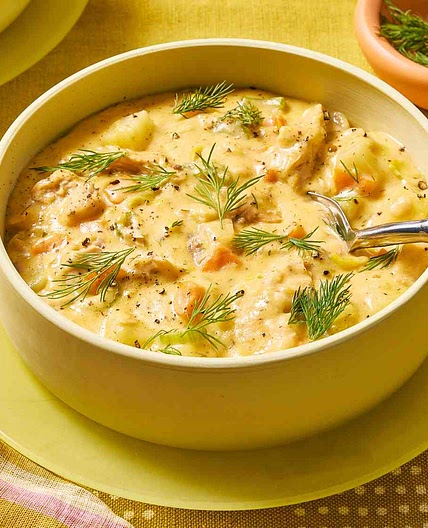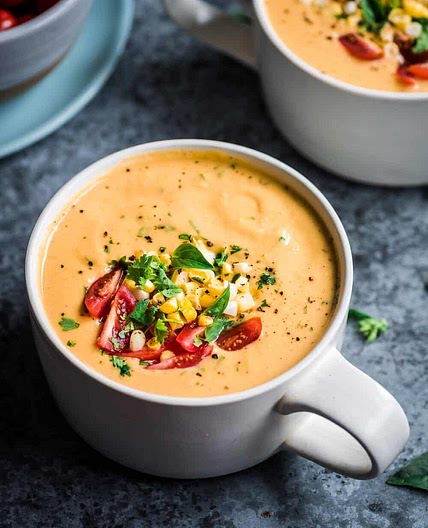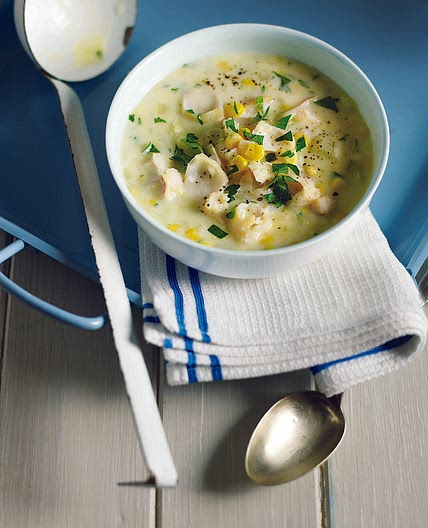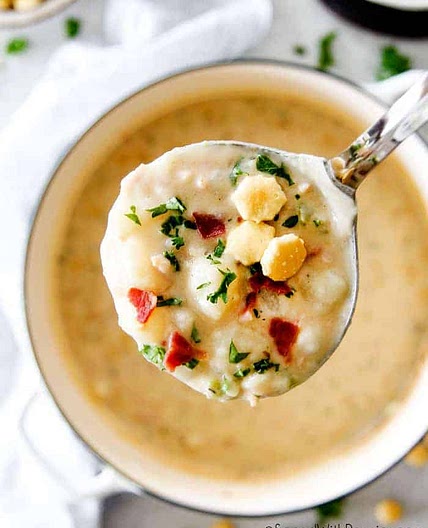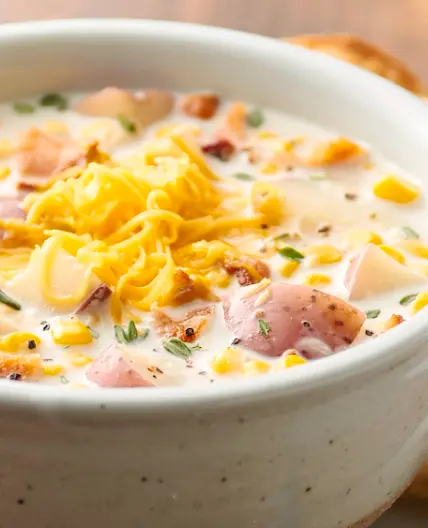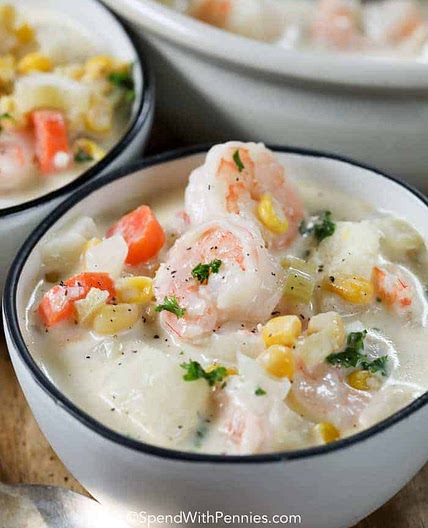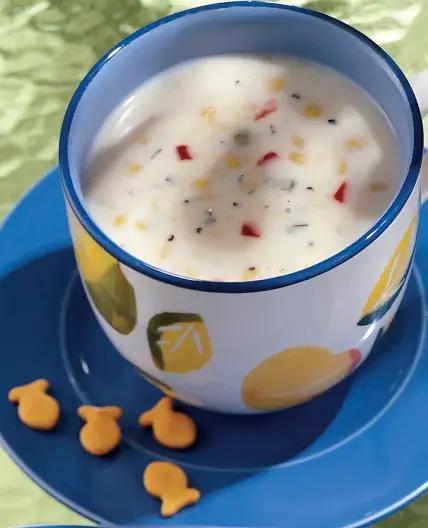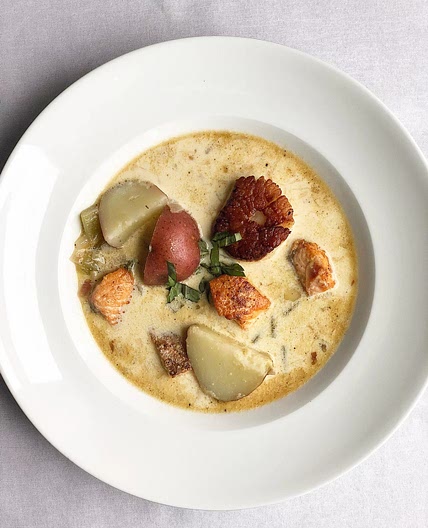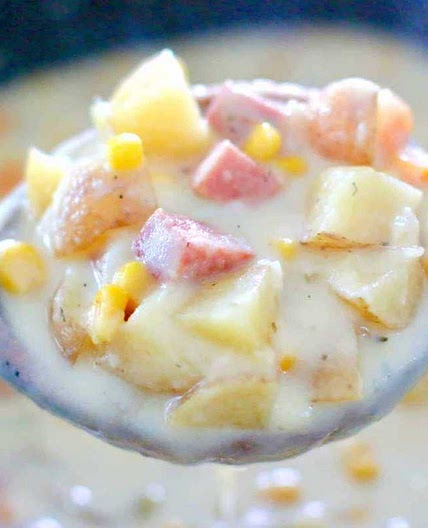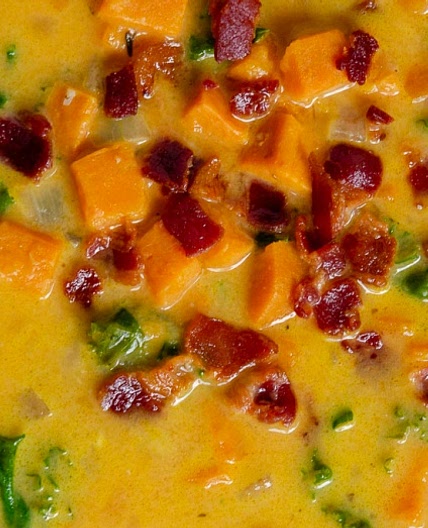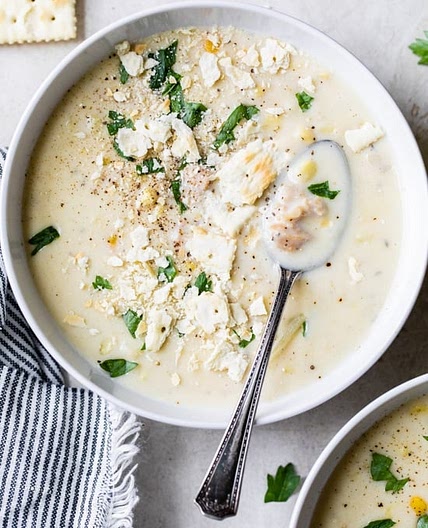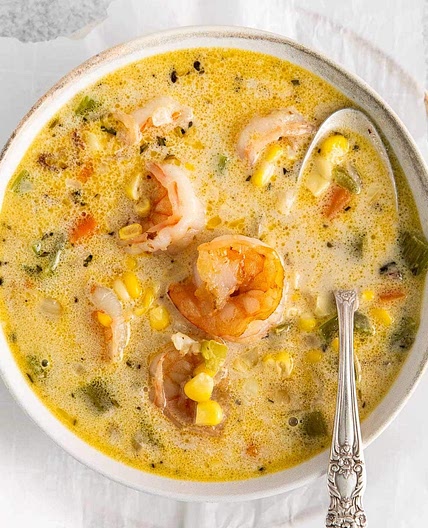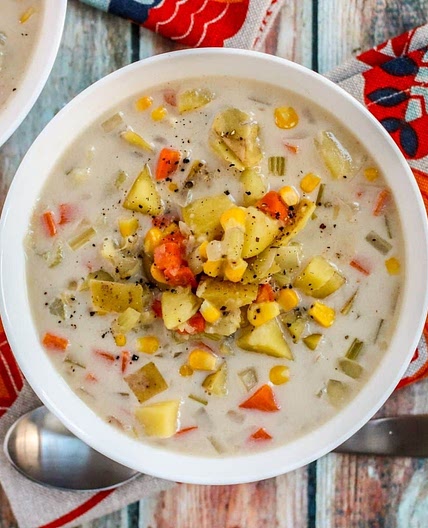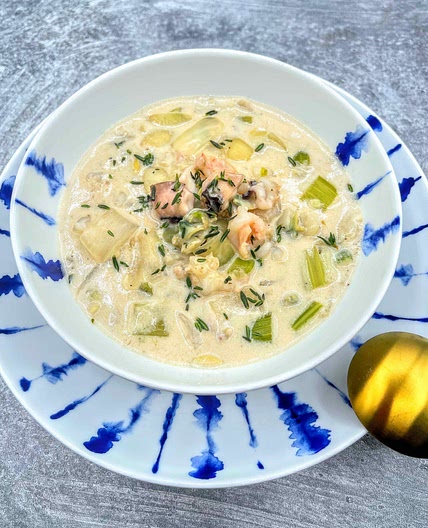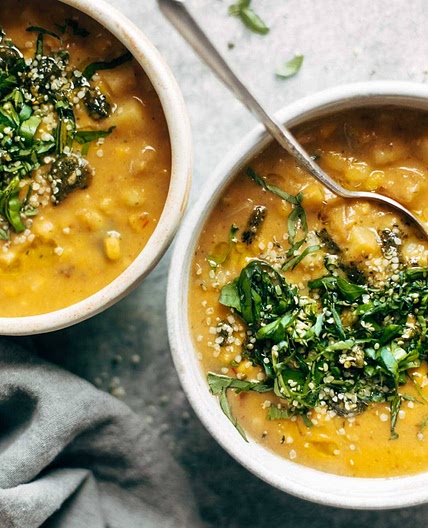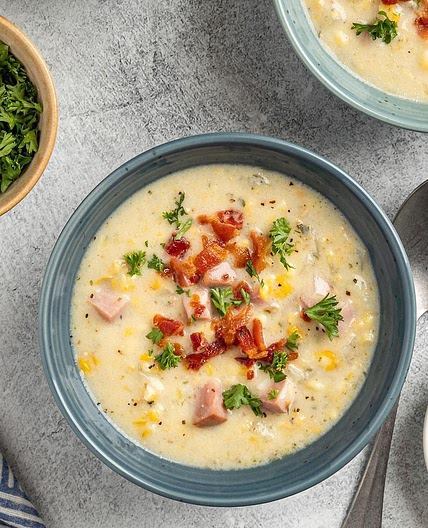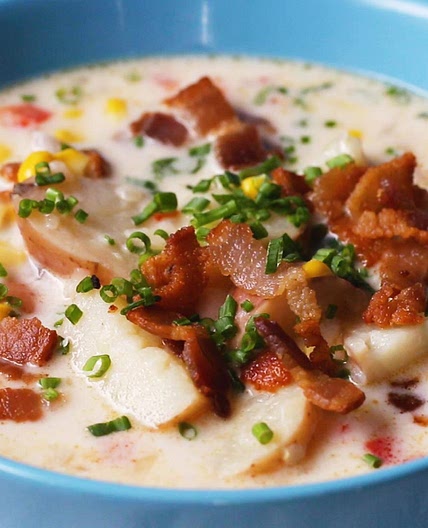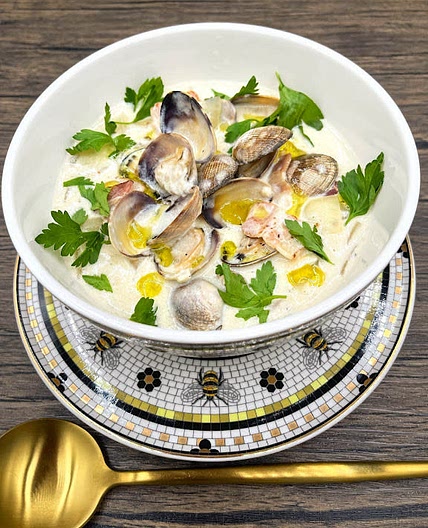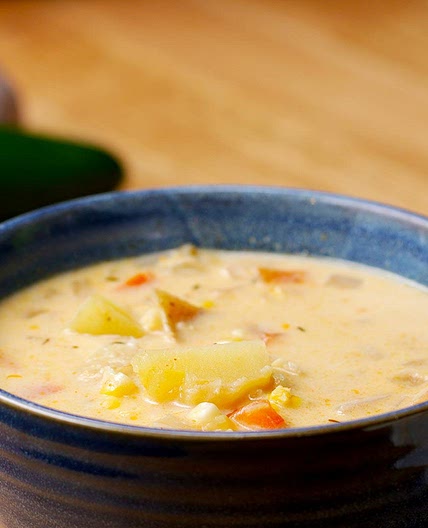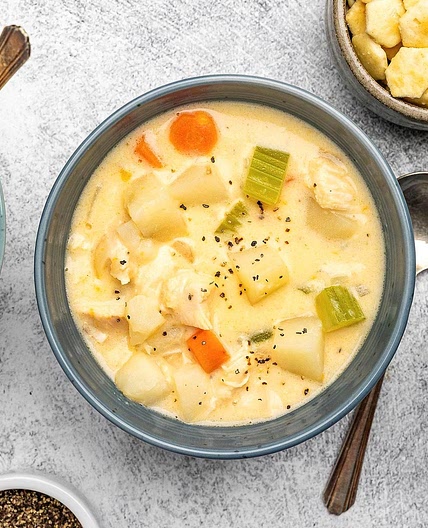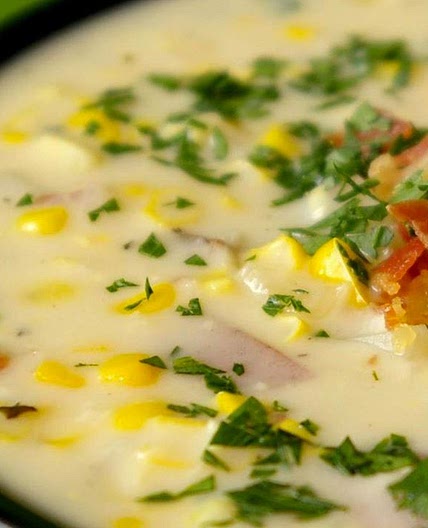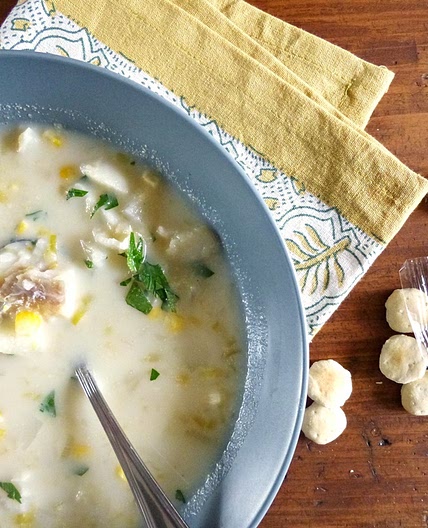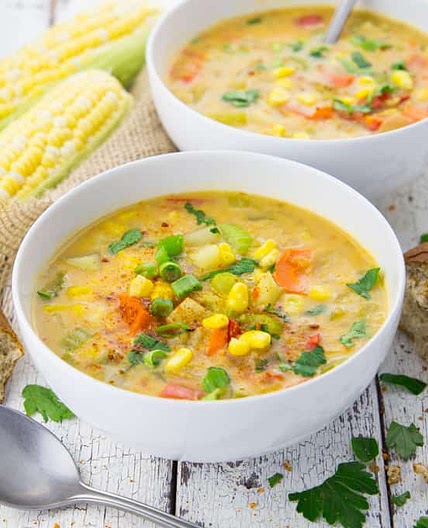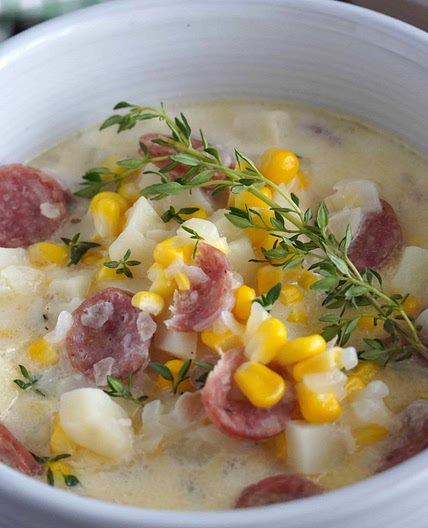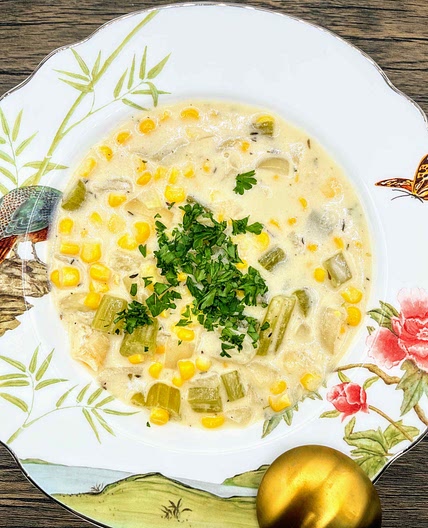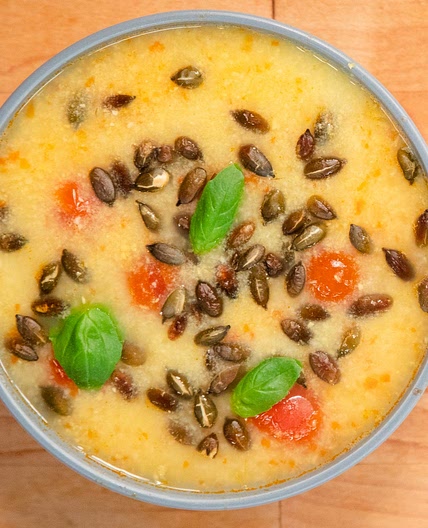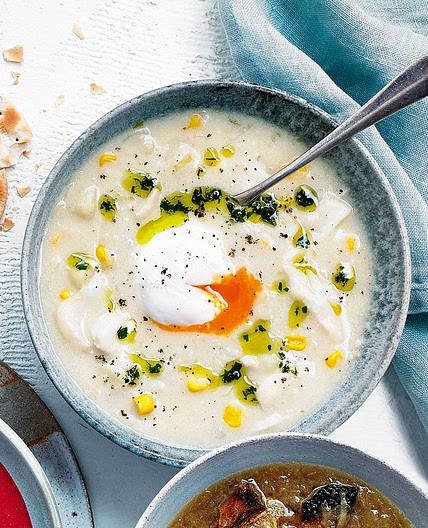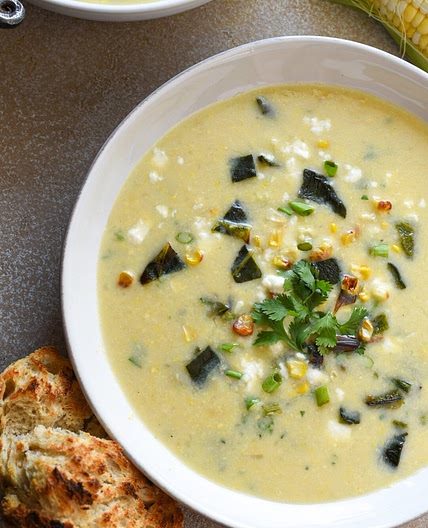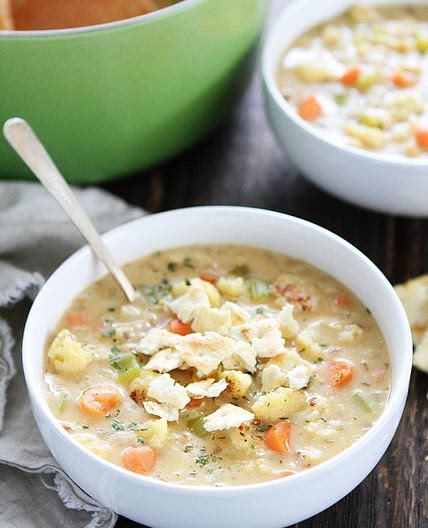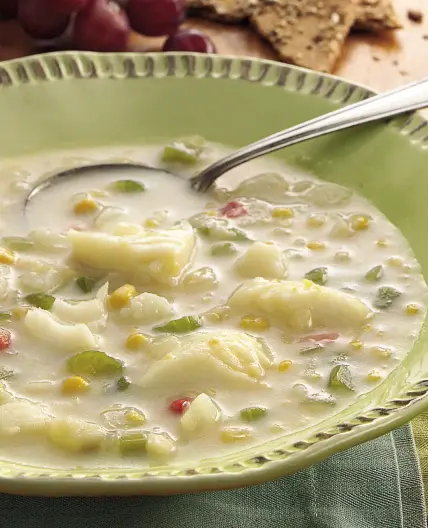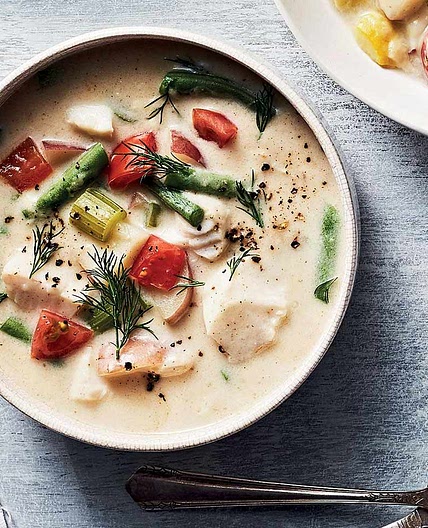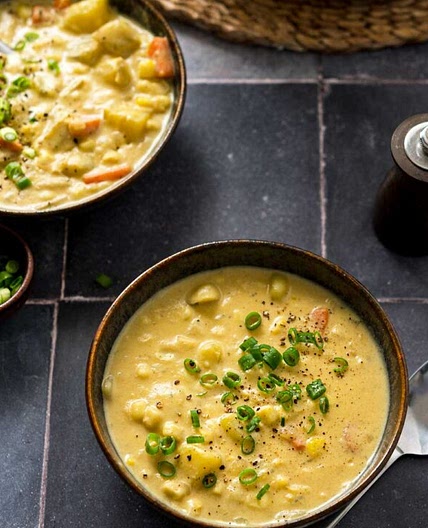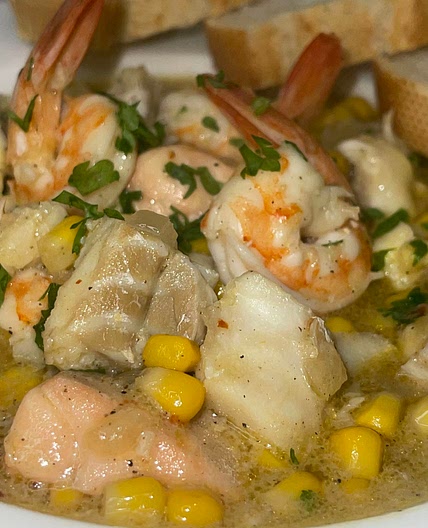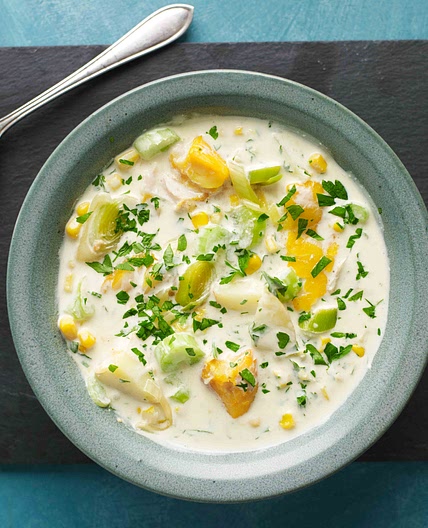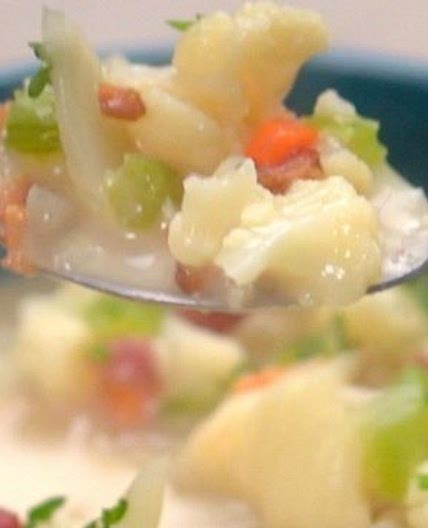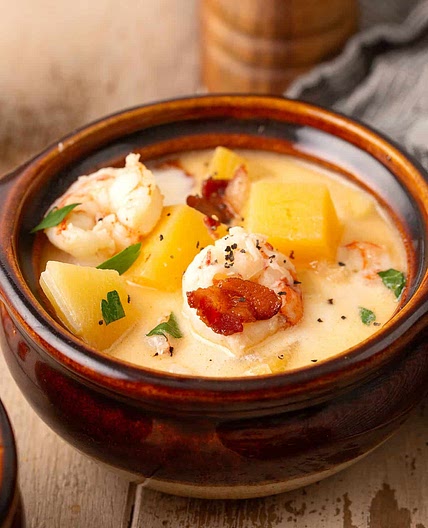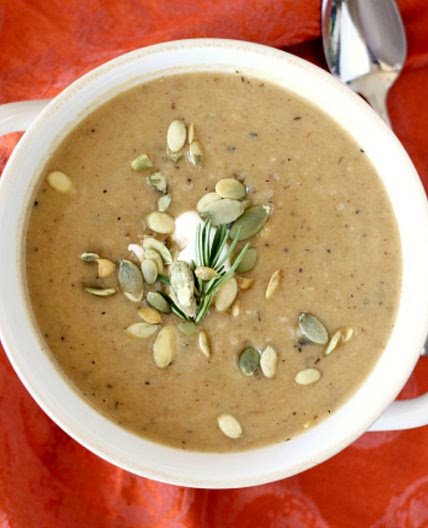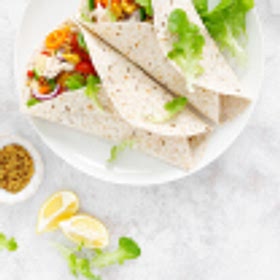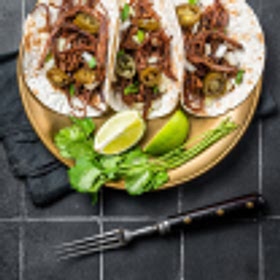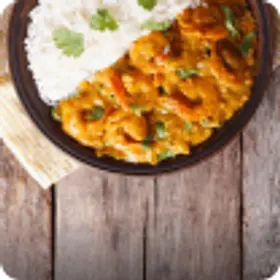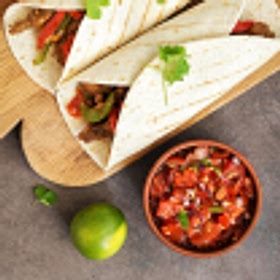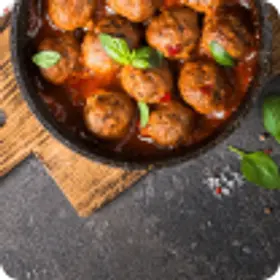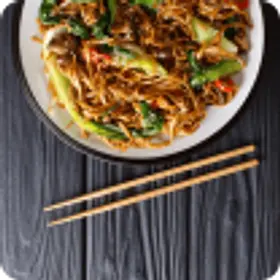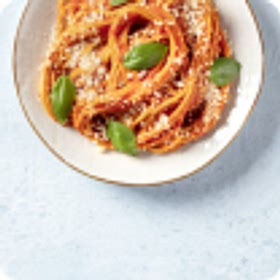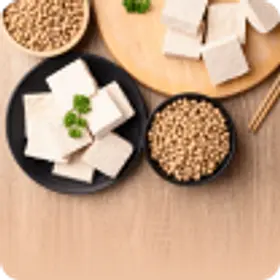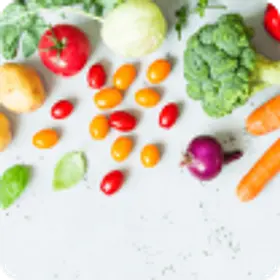Chowder: Hearty, Creamy Comfort
Chowder is a rich and comforting soup known for its creamy texture. From traditional seafood chowder to hearty veggie chowder, discover the origins, popular variations, and tips for creating a satisfying bowl of chowder at home.
Photo by Kevin Lanceplaine on Unsplash
There’s more to chowder than just clams! Chowder is a thick, creamy soup with roots in many culinary traditions all over the world and many regional variations. From classic clam chowder to vegetarian renditions, chowder offers a delightful balance of flavors and textures that warm both body and soul. In this article, we’ll dive into the origins, popular variations, and expert tips for crafting a delectable bowl of chowder.
Origins and Culinary Significance
Photo by Adrien Sala on Unsplash
Chowder boasts a rich history and has a special place in the hearts of many chefs all over the world.
The term “chowder” is believed to have originated from the French word “chaudière”, which refers to the large pot European voyagers used to cook the soup. Chowder has its roots in maritime communities, particularly in New England, where it was commonly prepared by fishermen using locally available ingredients.
Regional Varieties of Chowder
Globally, seafood chowder is the most well-known variation of chowder. This delicious soup showcases the ocean’s bounty, with a combination of fish or shellfish, potatoes, onions, and a creamy broth. In the US, New England clam chowder is the shining example of a seafood chowder, building off of a creamy base, tender clams, and accoutrements like bacon or hunks of cod. Manhattan clam chowder swaps the creamy base for a tomato-based broth, creating a lighter and tangier flavor profile.
Chowder can be adapted to suit vegetarian and vegan diets. Creamy vegetable chowders often feature ingredients like potatoes, carrots, celery, onions, and herbs, providing a satisfying and flavorful plant-based alternative. Corn chowder is particularly popular in the American Midwest, for example.
Tips for Creating the Perfect Chowder
Crafting a delicious bowl of chowder requires attention to detail. Consider the following tips to achieve an outcome that you (and everyone else!) will love:
- Layer flavors: Develop depth of flavor by sauteéing aromatic vegetables like onions, celery, and garlic before adding the liquid and other ingredients. This technique enhances the overall taste profile of the chowder.
- Use fresh ingredients: Opt for high-quality, fresh ingredients to ensure the best flavors in your chowder. Choose seasonal vegetables, tender seafood, and aromatic herbs to elevate the taste and texture of the soup.
- Simmer and thicken: Allow the chowder to simmer gently, allowing the flavors to meld together. If desired, thicken the chowder by mashing some of the cooked potatoes or adding a slurry of cornstarch and water.
FAQs
Can I freeze chowder for later use?
Yes, chowder can be frozen for future enjoyment. However, it’s important to note that the texture of cream-based chowders may change slightly upon thawing. Consider omitting any seafood or delicate ingredients that may not freeze well.
Can I make chowder ahead of time?
Absolutely! Chowder often tastes even better when made ahead of time as the flavors have time to meld. Simply store it in an airtight container in the refrigerator and reheat gently before serving.




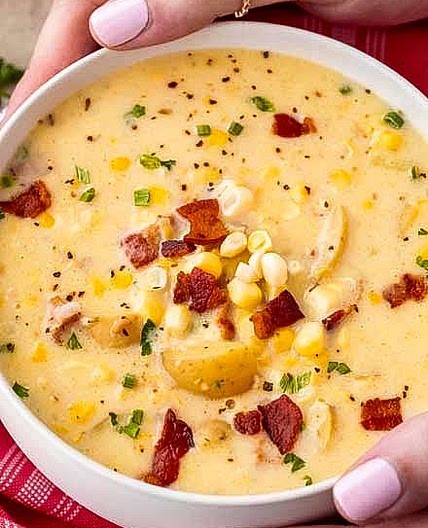
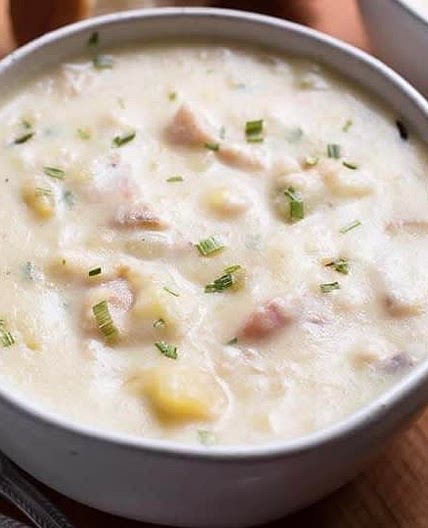
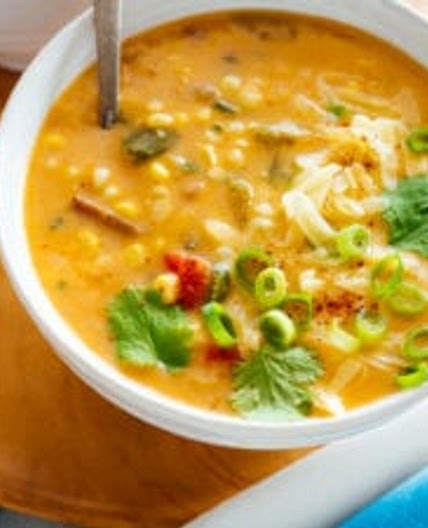
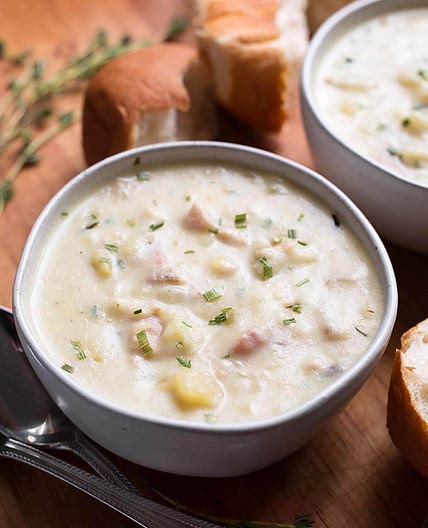
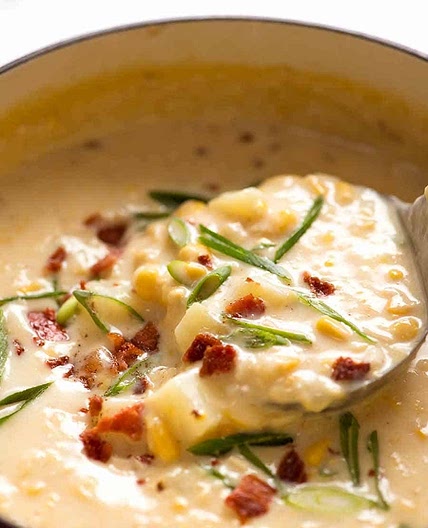
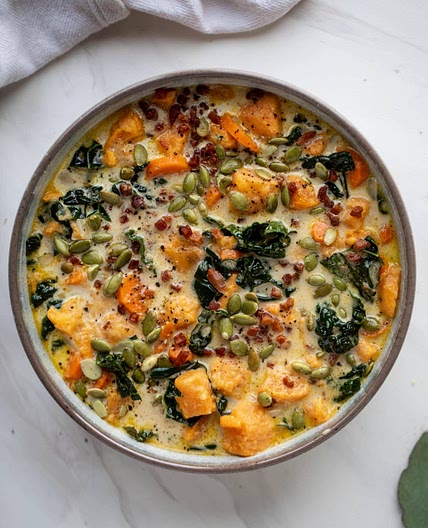


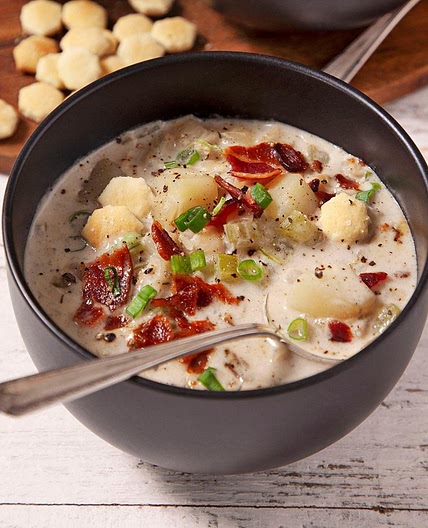

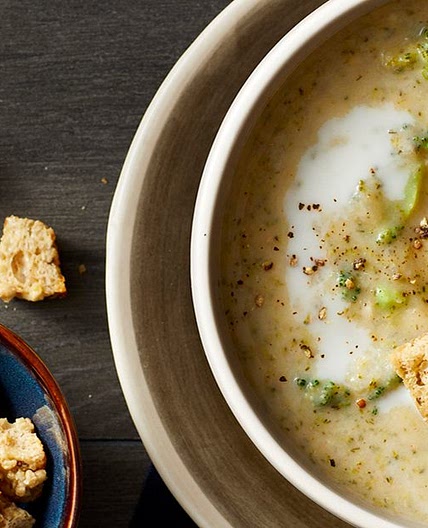
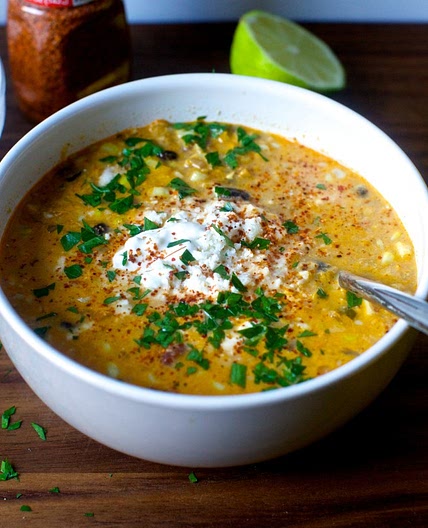


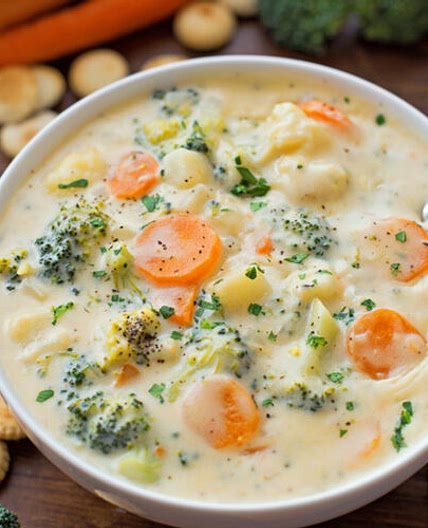
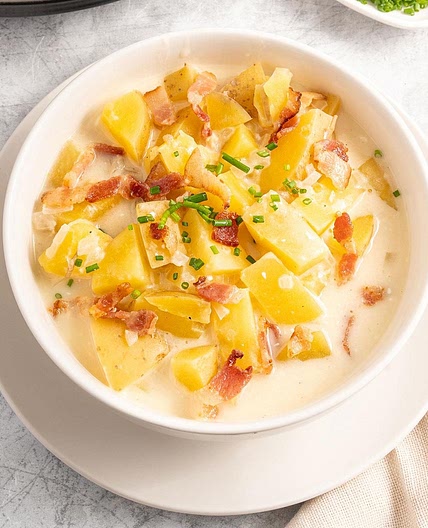

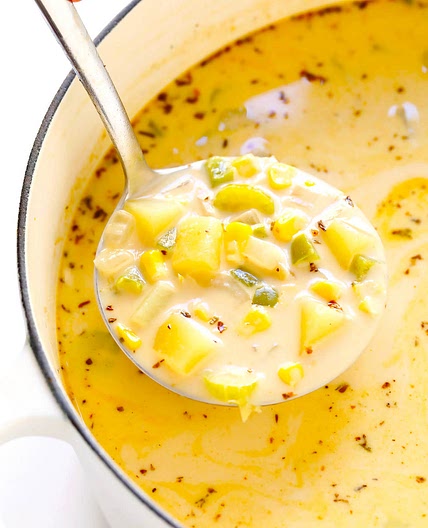
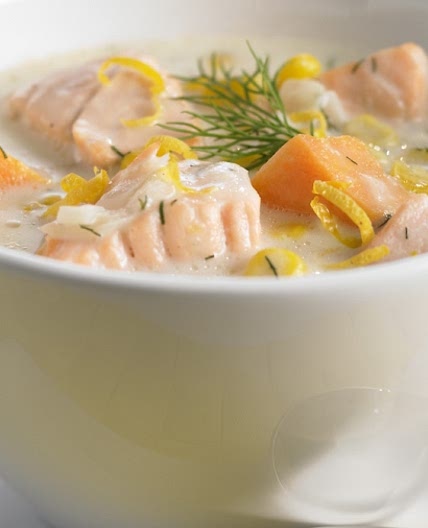
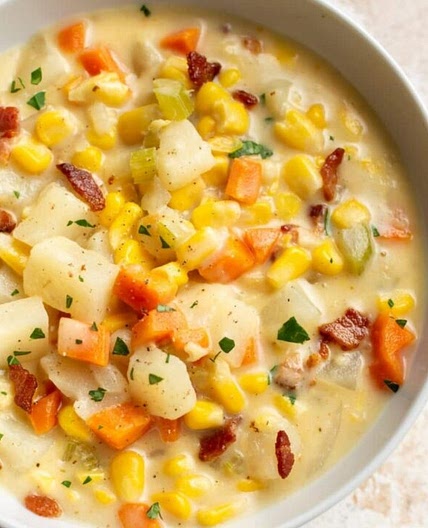
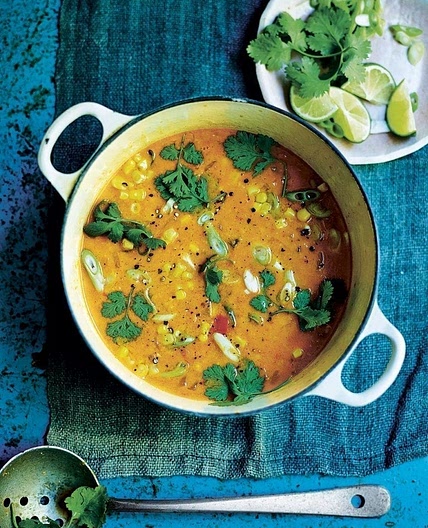
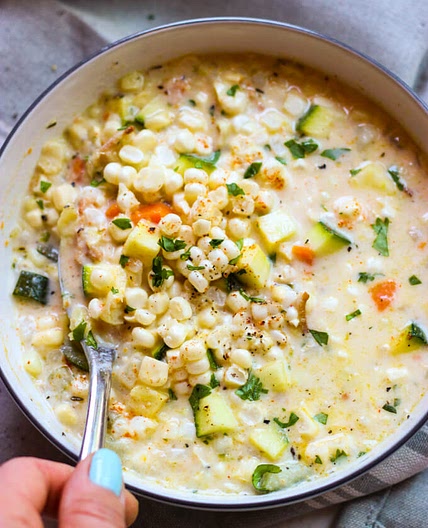
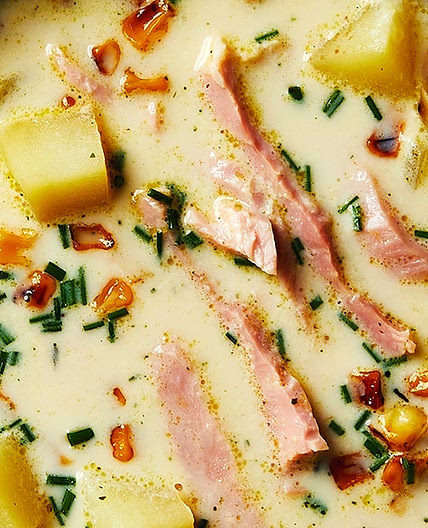




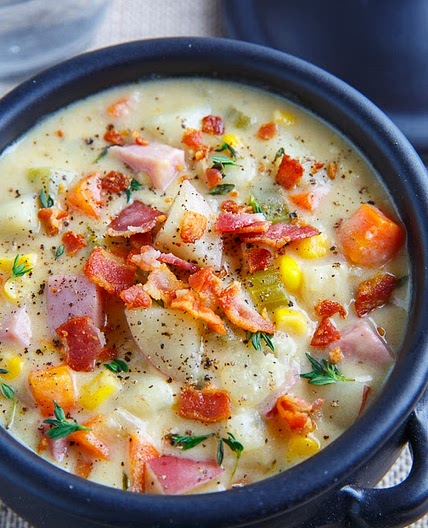
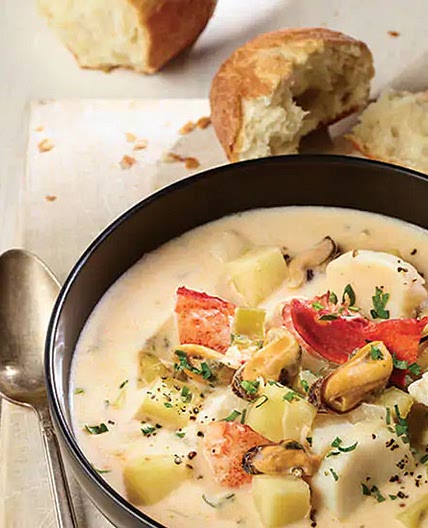
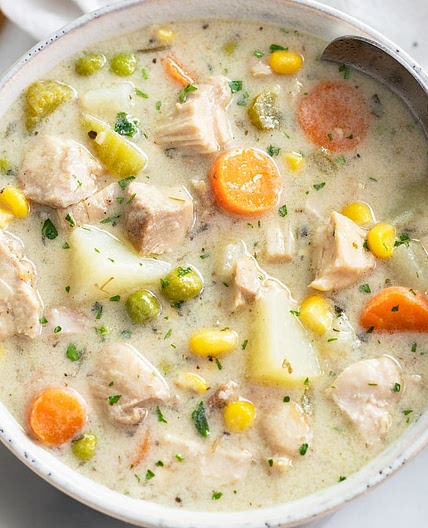
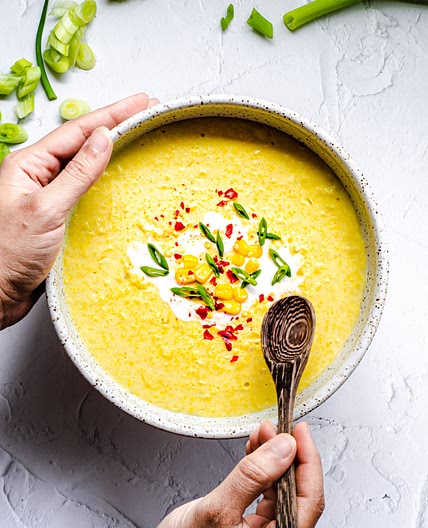
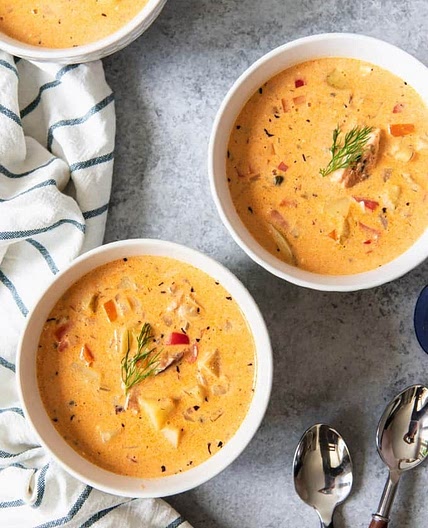
![Seafood Chowder [ AIP - Allergy Free - No Shellfish ]](https://art.whisk.com/image/upload/fl_progressive,h_264,w_214,c_fill,dpr_2.0/v1761764503379/recipe/bf33c4d982a9402e8fecfb43154a2776.jpg)
